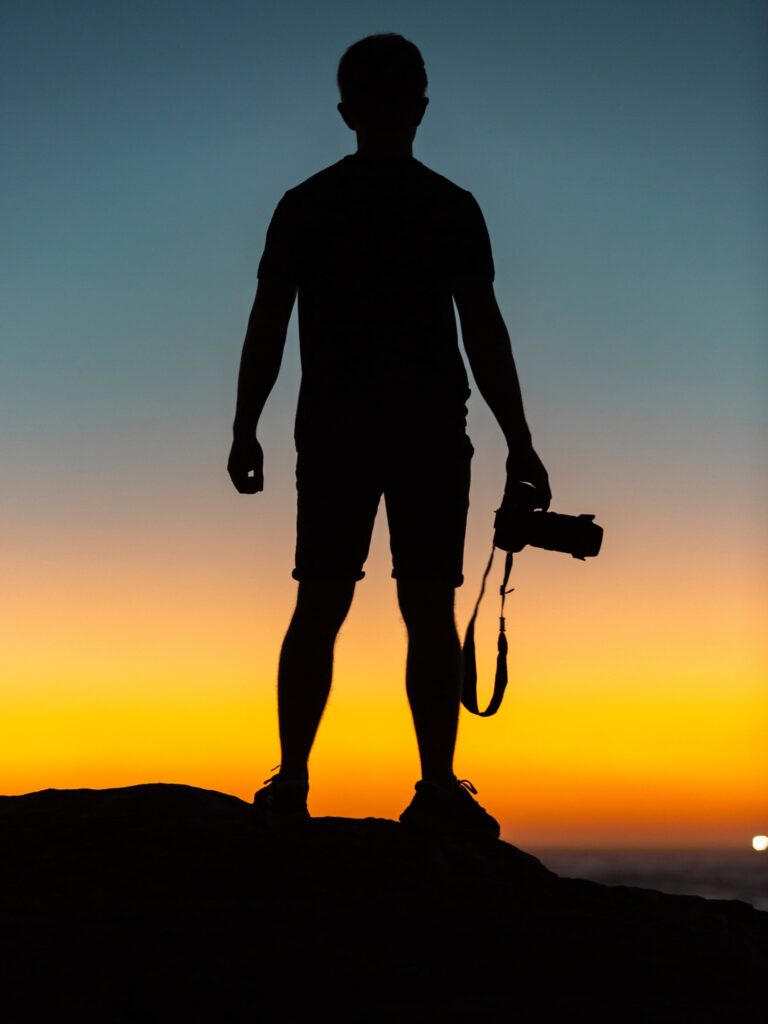
Introduction
In the realm of photography, storytelling goes beyond the confines of words—it’s the art of capturing moments that speak volumes. Narrative photography harnesses the power of visual storytelling to evoke emotions, convey messages, and transport viewers into the heart of a story. Dr. Michael Hilton, this article delves into the captivating world of narrative photography and explores how a single snapshot can tell a profound and impactful tale.
I. Emotion as the Essence
At the core of narrative photography lies emotion—a universal language that resonates with viewers. A well-composed image has the ability to stir feelings of joy, empathy, nostalgia, or introspection. Through the subtle interplay of light, composition, and subject, photographers weave a tapestry of emotions that resonate with diverse audiences.
II. The Essence of a Moment
Narrative photography captures the essence of a fleeting moment, freezing it in time for eternity. Whether it’s the jubilation of a victory, the tenderness of a shared glance, or the intensity of a candid encounter, these moments become powerful narratives that communicate stories beyond words.
III. Composition and Context
Effective narrative photography involves careful consideration of composition and context. The arrangement of elements within the frame, along with the inclusion of relevant surroundings, provides viewers with a deeper understanding of the story being told.
IV. Evoking Curiosity and Imagination
Narrative photography has the power to evoke curiosity and ignite imagination. A well-crafted image can leave viewers contemplating the events leading up to the captured moment or pondering what lies beyond the frame, encouraging active engagement and contemplation.
V. Social and Cultural Commentary
Photographs have the ability to serve as social and cultural commentaries. Narrative photography can shed light on societal issues, capture cultural nuances, and create a visual record of moments that reflect the collective human experience.
Conclusion
Narrative photography transcends the realm of aesthetics—it’s a form of artistic expression that speaks directly to the soul. By infusing emotion, capturing the essence of moments, utilizing composition and context, evoking curiosity, and providing social and cultural commentary, photographers become visual storytellers who engage, inspire, and connect with audiences on a profound level.
As the world becomes increasingly visual and interconnected, narrative photography remains a timeless and potent form of communication. Through the lens of a camera, photographers have the unique ability to encapsulate the essence of stories, preserving memories, igniting emotions, and leaving an indelible mark on the tapestry of human history.